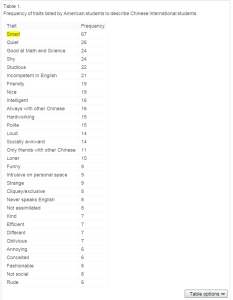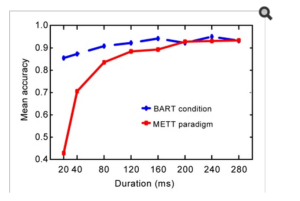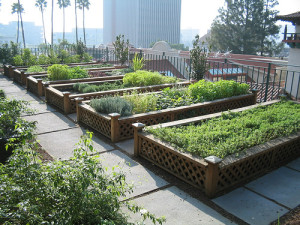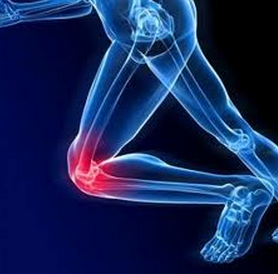Do you remember that at the very beginning of the semester, probably at the second or third class, when the professor prohibited the use of computers at class, he said that note-taking by hand was more efficient than note-taking on computer? I wonder if what the professor said is true, so I dig into the question, and I found one and only one research about this problem. I do this research not to fight for my right of taking notes with computers, but to find out which is the better way of studying in the future.
PS: Assume if students turn on their laptop on class, taking notes is the only thing they are doing.
The research was conducted by two people from Princeton University and University of California, Los Angeles. In the experiment, sixty-seven students were chosen, thirty male, thirty female, and one unknown (this is what is on the report. I do not know what does “unknown” represents). Five TED Talks were selected with average length of fifteen minutes. The content was interesting but not common knowledge, and the students did not know the information in the TED talks. Students were assigned to take notes with normal laptops and notebooks. After the video, the participants will be asked several questions related to the video. A score will be given based on the accuracy of the answer.
The result shows that students who took notes with laptops had slightly better performance on factual questions, while students who took notes with hand had significantly better performance on conceptual questions. Content vise, students who take notes with laptop has an obvious advantage.
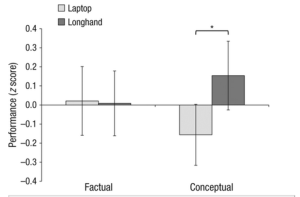
The study could be biased. As I did not see what the questions were, bias could occur during the grading process. If the professor was really against technological use in class, he might manipulate the result. Also, because I failed to find more similar experiment, it is hard to do a meta-analysis to test the accuracy.

The conclusion we can get from the experiment is that although taking notes on computers can record more information, taking notes by hand gives students much better understanding of the information. This conclusion can either be correct or false positive. The result may occur because it is impossible for students to write down everything when taking notes by hand (it is much faster to type), they need to understand the material better so that they can choose the most essential information to write down.
Although failed to find the another experiment, finding out the mechanism for causing the result may be helpful in testing the accuracy of the theory as well. Cognitive psychologist Robert Bjork has a theory that harder learning process can make memorizing easier. This theory can provide a mechanism for why taking notes by hand can help students’ conceptual understanding of the information.
Overall, it seems that taking notes by hand is more helpful to students than taking notes by computer because it makes students understand the material in class better. To this point, I begin to wonder that which will be more efficient, totally focusing on class without taking notes or take some notes by hand. Taking notes will definitely get more information recorded, but will “not taking note” make students understand better? It is a pity that I did not find any experiment on this theory and I can not risk myself to do the experiment. Hopefully someday someone will try to find out the answer to the question.
Works Cited
http://pss.sagepub.com/content/early/2014/04/22/0956797614524581.full
http://bjorklab.psych.ucla.edu/research.html
http://www.scientificamerican.com/article/a-learning-secret-don-t-take-notes-with-a-laptop/
http://www.pbs.org/wgbh/nova/next/body/taking-notes-by-hand-could-improve-memory-wt/





